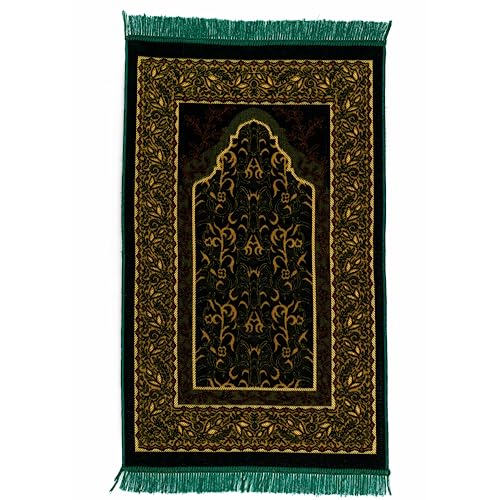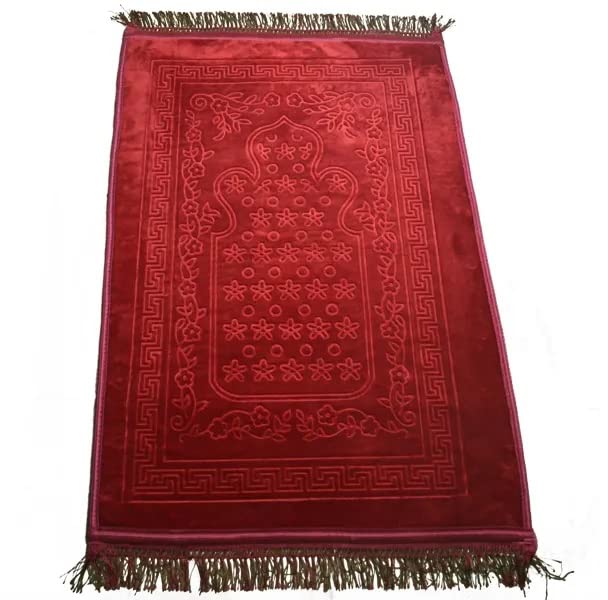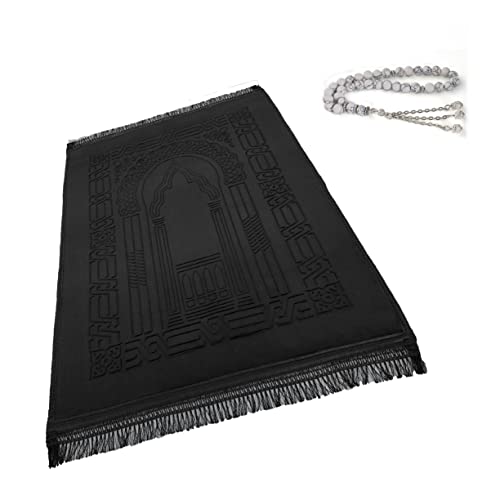The significant pattern on a prayer rug explained
A prayer rug is a piece of cloth used by Muslims for their daily prayers. It is an essential item in Islamic worship, and the design and pattern of the rug hold significant religious and cultural importance. The pattern on a prayer rug is not just an attractive piece of art; it symbolizes Islamic beliefs and values integral to the religion.
The history behind the pattern on a prayer rug
The history of prayer rugs dates back to the Prophet Muhammad (peace be upon him), who recommended the use of a clean and pleasant mat for prayers. Over time, the prayer mat evolved, and people started adding designs and patterns to make the mat more appealing and expressive. The pattern on a prayer rug may vary depending on the region, as different cultures and ethnicities have their unique designs.
The symbolism behind the pattern on a prayer rug
The pattern on a prayer rug is symbolic and possesses a deeper meaning related to Islamic beliefs and values. The most common design found on prayer rugs is a mihrab, which points to the direction of Mecca that Muslims face during prayers. The mihrab symbolizes the connection between Allah (God) and the praying person, representing the concept of unity and humility in Islam.
The significance of color in the pattern on a prayer rug
The colors used in the pattern on a prayer rug also hold significant importance. Green is a prevalent color in Islamic art, symbolizing life and paradise. Blue represents the sky and divinity, while red symbolizes the bloodshed by Muslims in the name of Islam. Yellow and gold are associated with wisdom and knowledge, and white represents purity and innocence.
The cultural significance of the pattern on a prayer rug
The pattern on a prayer rug is not just a religious symbol but also carries cultural significance. It reflects the diversity and beauty of Islamic art and architecture, representing the cultural values and traditions of different Islamic regions. The intricate designs on prayer rugs depict the creativity and skill of Muslim artisans, making each piece a unique work of art.






